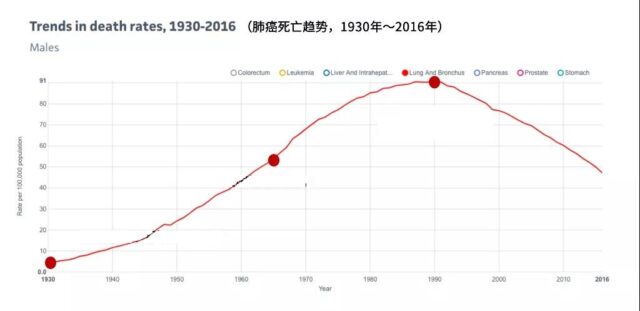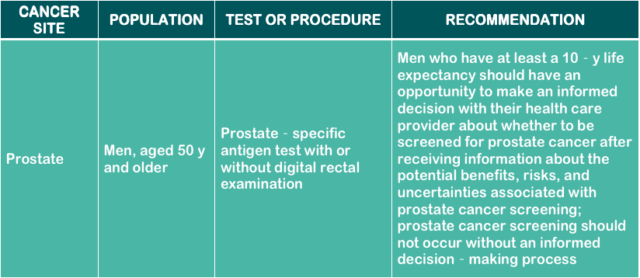Great achievement: 16.9 million surviving cancer patients in United States!
- Normal Liver Cells Found to Promote Cancer Metastasis to the Liver
- Nearly 80% Complete Remission: Breakthrough in ADC Anti-Tumor Treatment
- Vaccination Against Common Diseases May Prevent Dementia!
- New Alzheimer’s Disease (AD) Diagnosis and Staging Criteria
- Breakthrough in Alzheimer’s Disease: New Nasal Spray Halts Cognitive Decline by Targeting Toxic Protein
- Can the Tap Water at the Paris Olympics be Drunk Directly?
Great achievement: 16.9 million surviving cancer patients in United States!
Great achievement: 16.9 million surviving cancer patients in United States! 16.9 million surviving cancer patients in United States! How did it do it?
Recently, the latest cancer data published by the American Cancer Society in the academic journal “CA” allows us to see the outstanding achievements in cancer control in the United States-as of January 1, 2019, the United States has survived with cancer The number of patients has exceeded 16.9 million. Without counting technological development and medical reforms, this number will reach 22.1 million by January 1, 2030.

The impact factor of “CA” is as high as 223, which is equivalent to the sum of the impact factors of journals such as “Lancet” (59.104), “Cell” (, “Nature” (43.704), “Science” (41.037) and “NEJM” (70.670) ( (Image source: CA official website)
We can make a simple comparison to understand the gap between cancer treatment and patient survival rates between China and the United States-according to the latest data from the American Cancer Society: in 2019, there will be 17,62450 newly diagnosed cancer patients in the United States , The number of cancer patients who died was 606,880.

The overall incidence and death of cancer in the U.S. in 2019 (Image source: U.S. Cancer Data Center official website)
The ratio of morbidity to mortality in the United States was only 34.4%! Through the control of the government and individuals, cancer is not a disease that kills you. There are so many things that we can improve and improve.
1. Benefit from the anti-smoking campaign
During the First World War (almost 1900), soldiers on the battlefield discovered that smoking on the battlefield can relieve anxiety. After that, cigarettes began to enter the market under the continuous promotion of manufacturers. The profit of cigarettes far exceeds your imagination, which also makes cigarettes quickly promoted.
At that time, people didn’t know the dangers of cigarettes. It was not until 20 years later that the incidence of lung cancer increased sharply in 1920. People began to realize the link between cigarettes and lung cancer, but smoking had already created a bitter fruit, lung cancer. The morbidity rate began to soar.

Changes in lung cancer mortality in the United States after 1930 (Image source: American Cancer Data Center)
Since then, around 1960, the United States began a vigorous anti-smoking campaign, reducing cigarette consumption by controlling tobacco advertisements, labeling boxes, increasing tobacco taxes, and raising the age of buying cigarettes. In 1965, the U.S. Department of Public Health published a report describing the hazards of lung cancer. Since then, the law has continued to follow up to further curb the proliferation of cigarettes. The result of this campaign is that as the probability of exposure to cigarettes among the new generation has decreased, the mortality rate of lung cancer has begun to decline.
2. Prostate cancer: The cure rate in the United States is as high as 99%
There is no doubt that prostate cancer is a male-specific disease. The incidence of prostate cancer in the United States is also very high, but an unexpected fact is that in the United States, the 5-year survival rate for prostate cancer can be as high as 99%! This data is only 53.5% in China.
What is the 5-year survival rate?

According to the data of the American Cancer Center: between 2008 and 2014, the 5-year survival rate for prostate cancer was as high as 99% (Image source: American Cancer Data Center official website)
This is actually an early screening strategy that needs to be attributed to prostate cancer. In China, more than 70% of prostate cancer patients are already in the middle and advanced stages when they are first diagnosed. Once the cancer enters the middle and advanced stages, the effect of many treatments will be greatly reduced.
In the United States, 80% of newly diagnosed prostate cancer patients are early-stage patients. According to data in the United States, the 5-year survival rate of early-stage prostate cancer patients can reach 100%, but if it develops to distant metastasis, then 5-year survival The rate will plummet to 30%.
For the United States, the 5-year survival rate for prostate cancer can be 99%, and early screening for prostate cancer is indispensable.
Among these, there is an important prostate cancer screening indicator: that is serum PSA, a glycoprotein secreted by prostate epithelial cells. The United States has its own set of screening standards, which makes it relatively easy for cancer patients to know their own situation, and this system has developed relatively mature. The screening guidelines published in 1989 have already clarified the importance of early detection. Since then, the guidelines have been continuously updated in 2010 and 2018.

Prostate cancer screening recommendations in the United States (Image source: A blueprint for cancer screening and early detection: Advancing screening’s contribution to cancer control)
At the same time, the United States is also vigorously promoting the early screening of prostate cancer, which allows many cancer patients to receive timely treatment in the early stage of cancer, making the survival rate reach an alarming level. This also reminds us of the importance of early tumor screening.
(source:internet, reference only)
Disclaimer of medicaltrend.org
Important Note: The information provided is for informational purposes only and should not be considered as medical advice.



